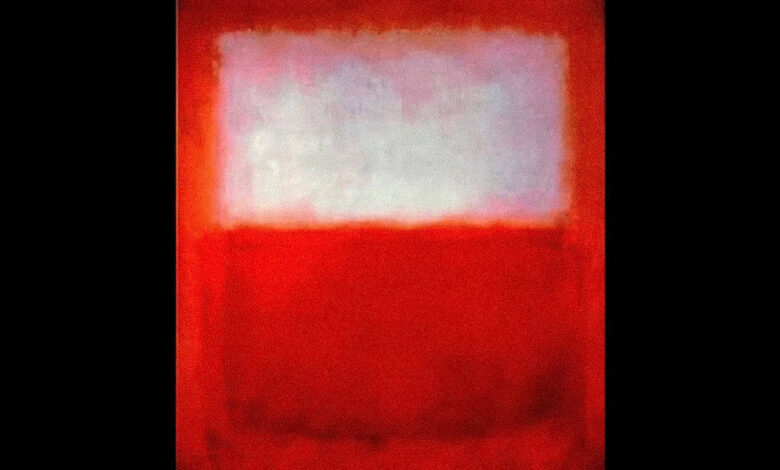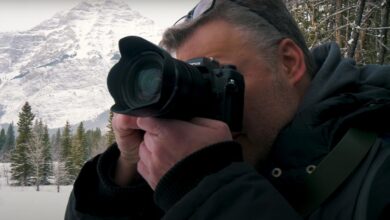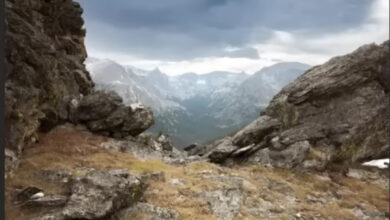The parallel vision of Mark Rothko and Hiroshi Sugimoto

Abstract expressionist painter Mark Rothko and contemporary photographer and artist Hiroshi Sugimoto, although working in different mediums, both display strikingly similar artistic sensibilities . Both artists are deeply engaged in abstraction and the exploration of perception, creating works that transcend their physical form and can evoke deep emotional and philosophical responses from viewers. Rothko is known for his large-scale color field paintings, while Sugimoto creates photographs that have a simple approach but capture a sense of stillness in our surroundings.
Mark Rothko is famous for his large-scale color field paintings. Born in 1903 in Dvinsk, Russia, Rothko emigrated to the United States, where he eventually developed his signature style, characterized by rectangular fields of color that seem to float and interact across the canvas. The intensity of his color fields lies in their ability to convey the sublime through minimalist means. Rothko’s aim was to evoke deep emotional responses, inviting viewers into a space where they could experience a range of emotions from fear to melancholy.
Hiroshi Sugimoto, born in 1948 in Tokyo, Japan, is famous for his monochrome photographs that explore the passage of time, memory and the nature of reality. Sugimoto’s work encompasses a variety of series, including seascapes, theaters and dioramas, each characterized by meticulous attention to detail and haunting stillness. For example, his Seascapes series captures the horizon where sea and sky meet in a minimalist, almost abstract style. Sugimoto’s use of long exposures blurs the distinction between the physical world and the viewer’s perception, creating a quality comparable to Rothko’s color field.
Rothko’s color field and Sugimoto’s seascape, although different in execution, both seek to transcend the material world, focusing instead on the viewer’s experience. The minimalist approach in their work, Rothko with his blocks of color and Sugimoto with his clear vision, demonstrates a shared belief in the power of simplicity in conveying complex ideas and emotions. Together, Rothko and Sugimoto illustrate the timeless endeavor of art for the viewer to have an emotional experience. Their legacy is defined by their ability to evoke the sublime through simplicity, encouraging viewers to look beyond the superficial and engage with deeper awareness.
In the video above from Ted Forbes’ YouTube page, Photography Art, we can see how Rothko and Sugimoto’s work compliment each other. Forbes went on to introduce viewers to the book Rothko/Sugimoto: Dark Paintings and Seascapes, published in 2012, which displays Rothko’s color fields and Sugimoto’s seascapes side by side.




